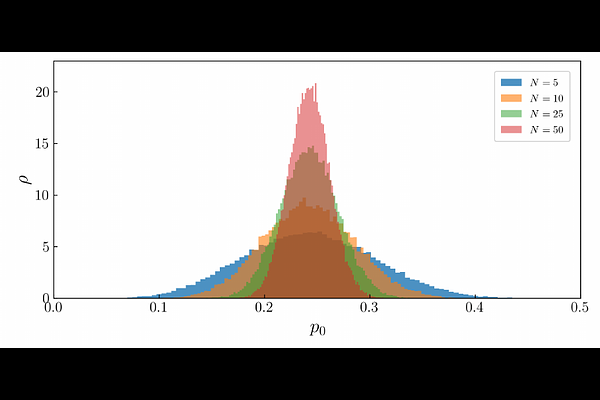Active galactic nuclei through the prism of galaxy clusters: bounds on axion-like particles

Active galactic nuclei through the prism of galaxy clusters: bounds on axion-like particles
Denys Malyshev, Lidiia Zadorozhna, Yuriy Bidasyuk, Andrea Santangelo, Oleg Ruchayskiy
AbstractHypothetical axion-like particles (ALPs) are of interest because of their potential to act as dark matter or to reveal information about yet undiscovered fundamental constituents of matter. Such particles can be created when photons traverse regions of magnetic fields. The conversion probability depends on both the magnetic field parameters and photon energy, leading to multiple spectral absorption features as light passes through magnetized regions. Traditionally, astrophysical searches have focused on detecting such features in individual objects. However, the limited understanding of properties of cosmic magnetic fields have hindered the progress. Here we introduce a new approach by analyzing stacked (rather than individual) spectra of active galactic nuclei (AGNs) positioned behind galaxy clusters -- gigantic magnetic field reservoirs. Stacking efficiently averages over the uncertainties in magnetic fields, revealing a unique step-like spectral signature of photon-to-ALP conversion. With this approach we advance into previously inaccessible regions of the ALP parameter space for nano-electronvolt masses. Adopting this method will significantly improve existing bounds across a wide range of masses by using different telescopes and increasing the size of the stacked datasets. The Cherenkov Telescope Array Observatory, in particular, will extensively probe the parameter space where ALPs could serve as dark matter.